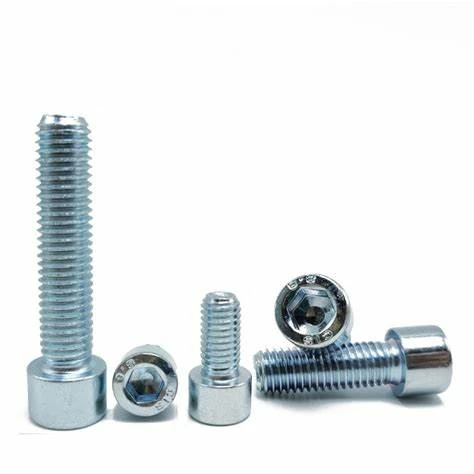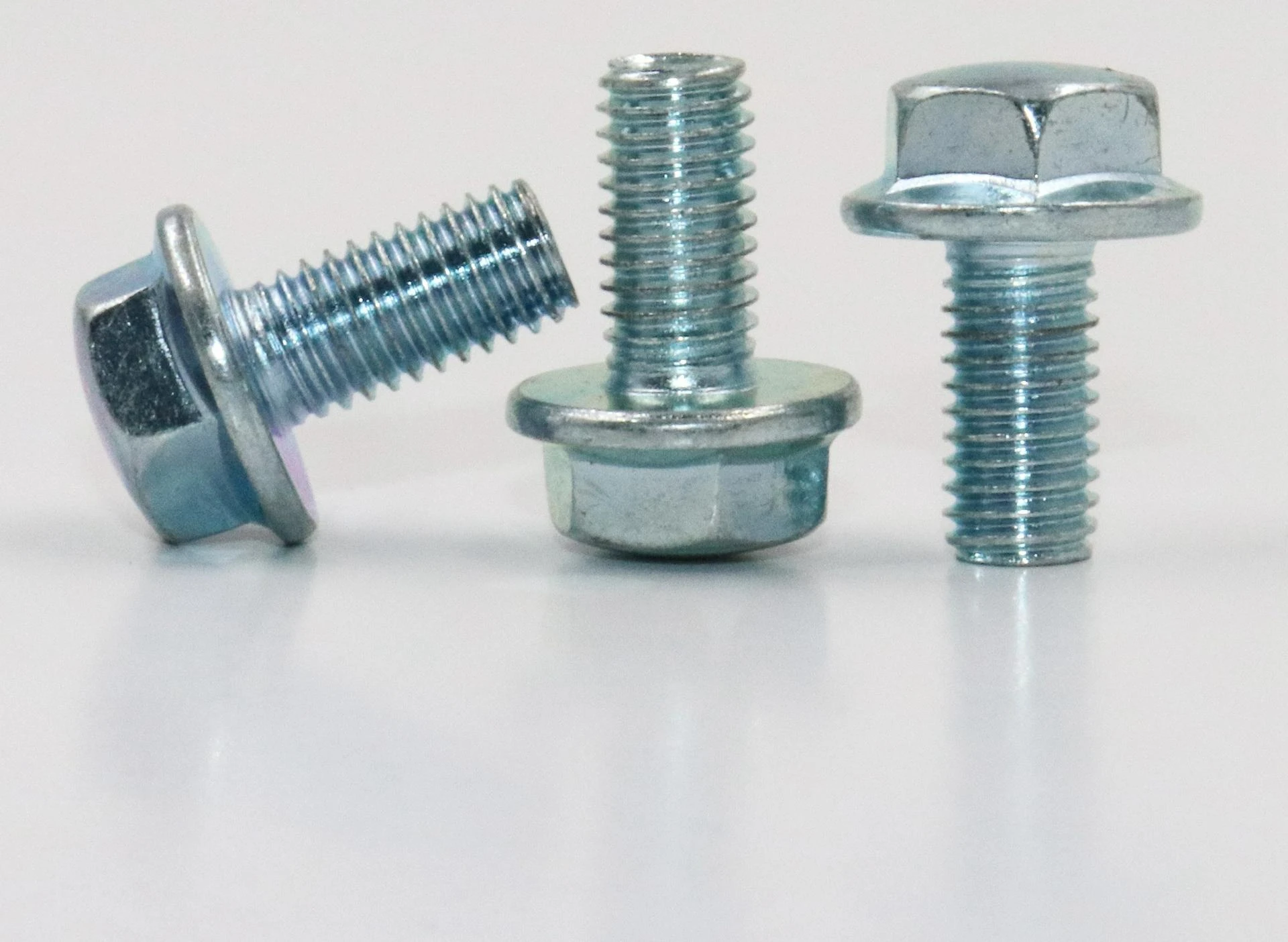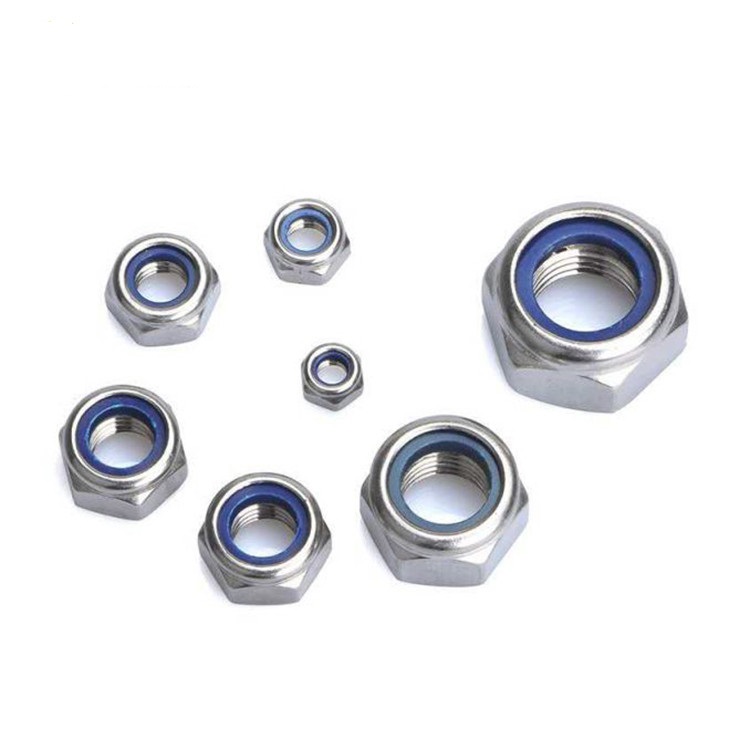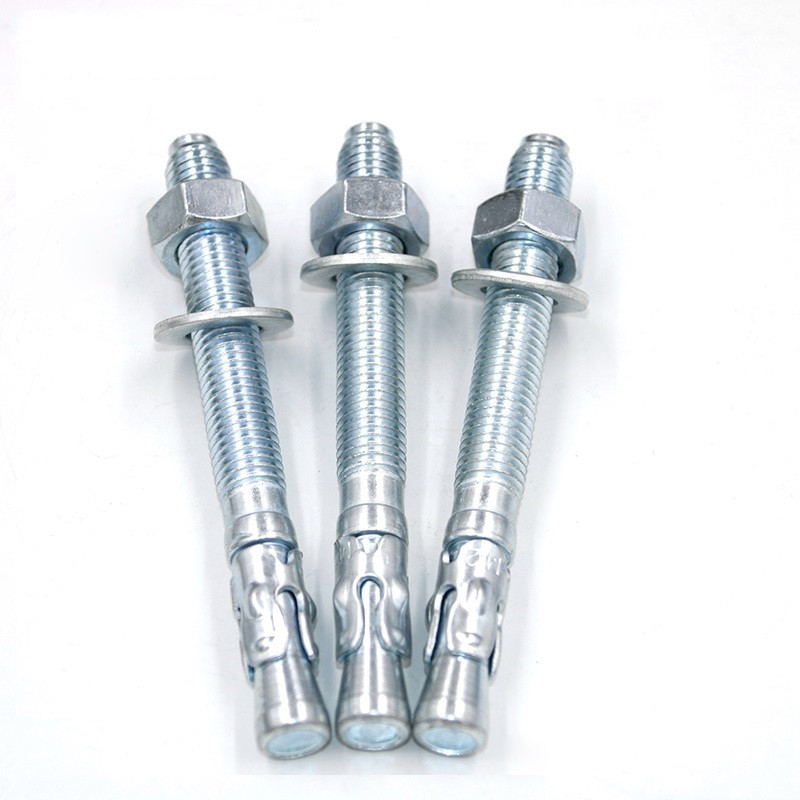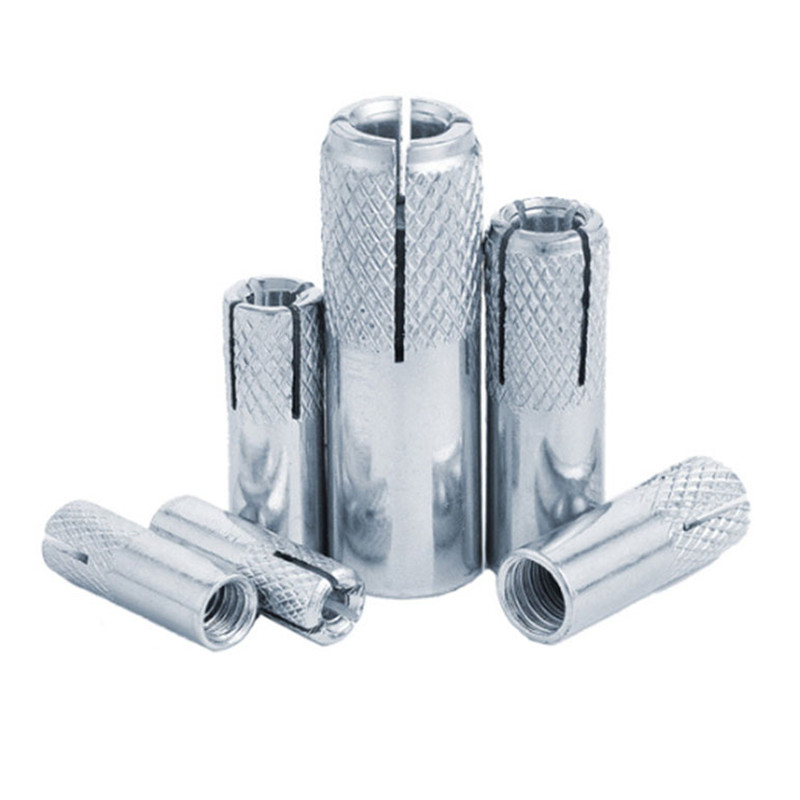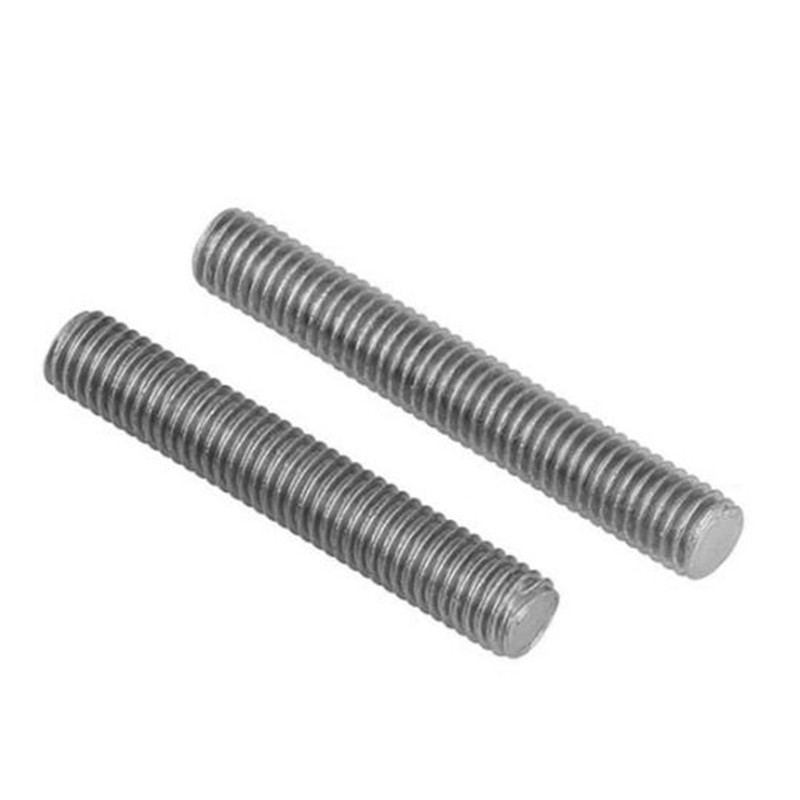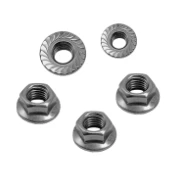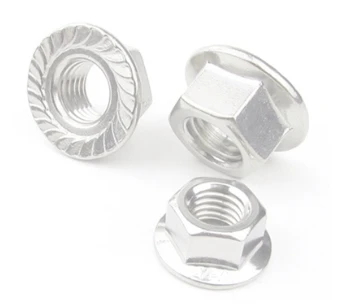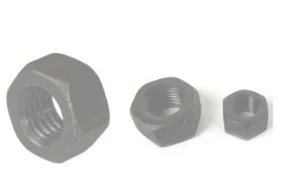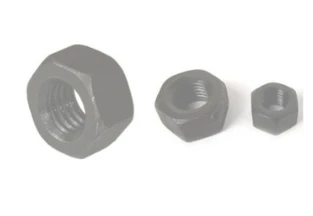The thermal performance of hex flange nut components becomes critical in high-temperature applications, particularly for standardized DIN6923 hex flange nut designs. When evaluating M6 flange nut dimensions under thermal stress, engineers must consider how material properties interact with geometric parameters to maintain structural integrity. The hex flange nut configuration, combining a hexagonal head with an integrated washer-like flange, presents unique thermal challenges compared to conventional nuts. For DIN6923 hex flange nut products, the relationship between flange thickness, diameter, and material composition directly influences heat resistance within specified M6 flange nut dimensions. Automotive, aerospace, and industrial equipment applications demand precise understanding of how these standardized hex flange nut components perform across temperature ranges from cryogenic conditions to extreme heat environments exceeding 800°C. The M6 flange nut dimensions must balance thermal expansion characteristics with mechanical performance to ensure reliable operation throughout product lifecycles.

Thermal Expansion Effects on M6 Flange Nut Dimensions
The hex flange nut experiences dimensional changes under thermal stress that can significantly impact joint integrity, especially for precision DIN6923 hex flange nut applications. Standard M6 flange nut dimensions are designed at room temperature (20°C), but the flange diameter, thickness, and thread pitch all expand differently when exposed to heat. The hex flange nut made from carbon steel typically exhibits a linear expansion coefficient of 12 μm/m·°C, meaning an DIN6923 hex flange nut with standard M6 flange nut dimensions could expand approximately 0.06mm in diameter when heated from 20°C to 120°C. This thermal growth affects the hex flange nut seating surface contact area and changes the load distribution characteristics of the flange. The DIN6923 hex flange nut standard accounts for these thermal effects by specifying material grades and dimensional tolerances that maintain functionality across expected service temperatures. Engineers evaluating M6 flange nut dimensions for high-temperature applications must consider not just immediate thermal expansion but also long-term creep behavior that can cause permanent deformation under sustained heat and load.
Material Selection for Heat-Resistant DIN6923 Hex Flange Nut
The temperature resistance of hex flange nut products depends heavily on material composition within the specified M6 flange nut dimensions. Standard carbon steel DIN6923 hex flange nut components typically maintain mechanical properties up to 400°C, while alloy steel variants can withstand 550-600°C before significant strength reduction occurs. For extreme environments, hex flange nut products manufactured from A2 (304) or A4 (316) stainless steel within M6 flange nut dimensions offer superior oxidation resistance up to 800°C, though with reduced mechanical strength at elevated temperatures. The DIN6923 hex flange nut specification includes material grade markings that help identify temperature capabilities, with class 8.8, 10.9, and 12.9 indicating progressively higher temperature thresholds. Special high-temperature hex flange nut options may incorporate nickel-based superalloys or titanium for applications exceeding 800°C, though these often require custom M6 flange nut dimensions to compensate for different thermal expansion coefficients. The flange thickness in DIN6923 hex flange nut designs becomes particularly important in high-temperature applications, as thicker flanges help distribute heat-induced stress concentrations that could otherwise lead to thread deformation or cracking.
Performance Testing of Hex Flange Nut Under Thermal Cycling
Rigorous evaluation methods assess how DIN6923 hex flange nut products withstand repeated thermal fluctuations within their specified M6 flange nut dimensions. Standardized testing exposes hex flange nut assemblies to alternating high and low temperature extremes while maintaining constant torque to simulate real-world conditions. The M6 flange nut dimensions are carefully measured before and after thermal cycling to quantify permanent deformation in the flange and thread areas. DIN6923 hex flange nut products undergo specialized salt spray testing at elevated temperatures to evaluate corrosion resistance under heat stress, a critical factor for automotive and marine applications. The hex flange nut flange thickness proves particularly important during these tests, as sufficient material helps prevent warping that could compromise the seating surface. Testing of M6 flange nut dimensions also includes thermal shock evaluations where components are rapidly transferred between extreme temperatures to identify potential cracking or material fatigue. Results demonstrate that properly manufactured DIN6923 hex flange nut products can typically withstand hundreds of thermal cycles within their rated temperature ranges while maintaining dimensional stability and clamping force.
Design Optimization of M6 Flange Nut Dimensions for Heat Resistance
Engineering improvements to hex flange nut geometry enhance thermal performance without compromising the standard DIN6923 hex flange nut specifications. The M6 flange nut dimensions can be strategically modified within tolerance limits to improve heat resistance, such as slightly increasing flange thickness to better dissipate thermal stress. Some manufacturers produce specialized hex flange nut variants with underhead grooves that accommodate thermal expansion differentials between the nut and fastened materials. The DIN6923 hex flange nut standard allows for controlled variations in thread pitch diameter to compensate for thermal growth that could otherwise reduce thread engagement at high temperatures. Advanced M6 flange nut dimensions may incorporate radius transitions between the flange and nut body to reduce stress concentrations that become critical under thermal cycling conditions. Computer-aided thermal analysis helps optimize hex flange nut designs by modeling heat flow through the flange and identifying potential hot spots that could accelerate material degradation. These enhancements ensure DIN6923 hex flange nut products maintain their mechanical properties and clamping force even after prolonged exposure to elevated temperatures.
DIN6923 Hex Flange Nut FAQ
What Temperature Range Can Standard Hex Flange Nut Products Withstand?
Conventional carbon steel DIN6923 hex flange nut with M6 flange nut dimensions typically performs reliably from -50°C to +400°C, while stainless steel versions extend this range to 800°C with proper material grade selection.
How Does Heat Affect the Torque Specifications for M6 Flange Nut Dimensions?
Elevated temperatures reduce the effective torque capacity of hex flange nut products by 15-30% depending on material, requiring retorquing after thermal cycling or use of high-temperature thread compounds for DIN6923 hex flange nut applications.
Are There Special Coatings to Enhance Hex Flange Nut Heat Resistance?
High-temperature dry film lubricants and ceramic-based coatings can improve the performance of DIN6923 hex flange nut products beyond standard M6 flange nut dimensions capabilities in extreme environments.
How Does Flange Thickness in M6 Flange Nut Dimensions Impact Thermal Performance?
Thicker flanges on hex flange nut products better distribute thermal stresses but increase thermal mass, while thinner flanges respond faster to temperature changes but may warp under uneven heating in DIN6923 hex flange nut applications.
Can DIN6923 Hex Flange Nut Products Be Used in Cryogenic Applications?
Specially treated austenitic stainless steel hex flange nut with controlled M6 flange nut dimensions can perform reliably down to -200°C, though material brittleness becomes a critical design consideration at extreme low temperatures.
For heat-resistant hex flange nut solutions that meet DIN6923 hex flange nut specifications, visit our website to explore our range of high-performance fasteners engineered for extreme environments. Our technical team can help you select the optimal M6 flange nut dimensions and materials for your specific temperature requirements, backed by comprehensive thermal performance data. Contact us today to request heat-resistance test reports and engineering recommendations for your high-temperature applications. Let us demonstrate why leading manufacturers trust our DIN6923 hex flange nut products for their most demanding thermal challenges.
Post time: жнів . 04, 2025 13:43


